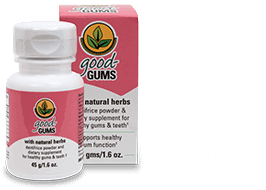Toxic Ingredients in Your Toothpaste!
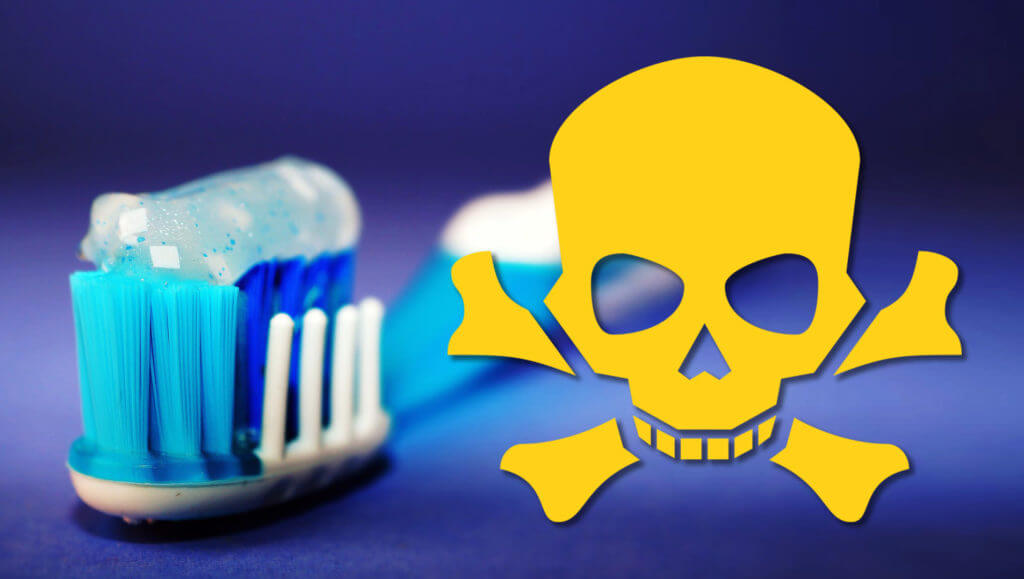
Most people aren’t as concerned with checking the ingredients in their toothpaste as they are with the food they eat, but the truth is, many toothpastes on the market today are packed full of very harmful ingredients, that, over time, can have an extremely detrimental effect on your body.
With over 80% of American adults suffering from gum disease, it’s obvious that what people are using to brush their teeth isn’t working, or even worse, could actually be the cause of their gum disease.
Your mouth is one of the most absorbent parts of your body, so all those nasty chemicals and toxins found in conventional kinds of toothpaste enter your bloodstream through your mouth and gums and are transported to the rest of your body.
This is why using a natural alternative is by far a better, healthier and not to mention safer option. But we don’t mean just any natural alternative. Even many kinds of toothpaste that you find in health food stores have a lot of hidden toxins, but we will explain more about that later.
First, let’s take a look at all the harmful ingredients that most people brush their teeth with today. And then we recommend you check the back of your toothpaste to see which ones your toothpaste may include.
fluoride
Fluoride has long been touted the number one ingredient to fight decaying teeth, but in recent years people have been realizing the potential harm it can cause. In fact, fluoride is so toxic that warning labels are required by the FDA on all fluoride dental products alerting people to ‘get medical help or contact a Poison Center’ if too much is ingested!

Over 95% of conventional kinds of toothpaste sold in the U.S. contain fluoride, however, too much fluoride can cause discoloring of teeth known as fluorosis, which particularly affects children as their teeth are developing. And when we consider that fluoride is added to approximately 70% of our drinking water, there is a risk of a potential overdose.
Too much fluoride in the body can also cause crippling skeletal fluorosis, thyroid issues, and neurological problems.
Triclosan
Triclosan, by definition, is a pesticide, however, it has been used to help fight plaque and gingivitis due to its strong antibacterial properties. It’s even been heralded as a “super-chemical” because of its ability to completely annihilate bacteria. But the benefit comes at a big price.
There are many animal studies that link triclosan to endocrine (hormone) disruption. Research suggests that it could also contribute to creating antibiotic-resistant strains of bacteria as well as increasing the progression of breast cancer.
Triclosan is so poisonous that the FDA has banned it in the use of body wash and soaps. However, there is one mainstream brand (we don’t want to mention any names) that still use triclosan in their toothpaste. In our opinion, the dangers of triclosan far outway the benefits so, why would you want to put something so dangerous and toxic in your mouth?
Sodium Lauryl Sulfate (SLS)
As if these toxic ingredients weren’t bad enough, let’s add another ulcer-causing chemical to the mix!
Sodium Lauryl Sulfate (SLS) and Sodium Laureth Sulfate (SLES) are surfactants that are used in a wide range of conventional detergents and cosmetics, which provide that popular foaming action to a product. The problem with these surfactants is that they can cause skin irritation, painful canker sores, stomach issues, and even cancer.
And that’s not all! During the manufacturing process, carcinogenic volatile organic compounds are released into the environment, which have been shown to have toxic effects on all marine life.
As a registered insecticide, manufacturers have tried to get approval to use SLS for farmers to use on their crops but this was denied due to its potential for environmental damage. (Phew!)

artificial colors and sweeteners
Aspartame is arguably the most common artificial sweetener used today and in our opinion the most deadly. Aspartame’s appeal is that it’s cheap to use, low calorie and 200 times sweeter than sugar so a lot less of it is needed to achieve the same level of sweetness.
But – and there’s a big ‘but’ – when aspartame is ingested, it metabolizes in the body to form methanol, a poisonous wood alcohol. The methanol is then quickly absorbed and converted by the body into formaldehyde – a deadly compound that can cause severe damage to your tissues.
Now let’s take a look at the side effects because there are many! Possible side effects include migraines, heart palpitations, nausea, gastrointestinal issues, vertigo, fever, depression, insomnia, memory loss, joint pain, and brain tumors. Research also suggests that aspartame consumption can potentially lead to illnesses such as Alzheimer’s, epilepsy, lymphoma, Parkinson’s disease, Diabetes, Multiple Sclerosis, and fibromyalgia.
Another popular artificial sweetener is the petroleum-based saccharin, a lab-produced “sugar” made from crude oil. Saccharin is most commonly used to sweeten low-calorie diet foods, soft drinks, jellies, cookies, and you guessed it, toothpaste! Despite saccharin being linked to cancer in a few clinical studies in the 1970s, it still continues to be used as a common additive to food and hygiene products. Studies show that saccharin may disrupt the balance of gut bacteria and increase the risk of diabetes.
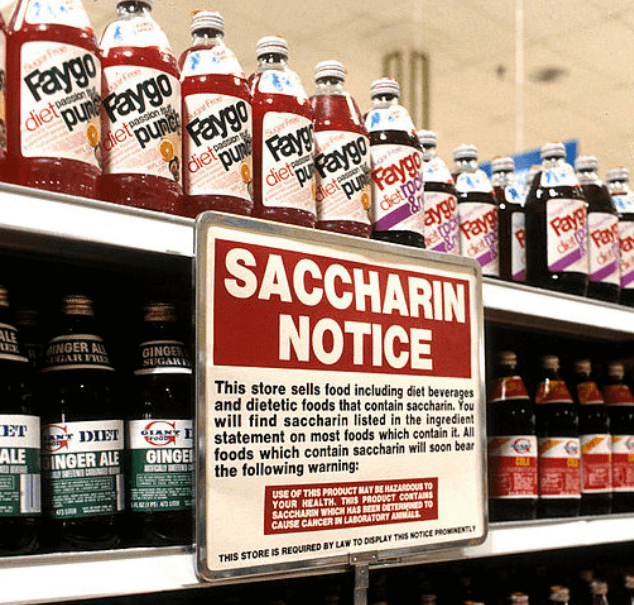
Artificial colors are also used to add that appealing splash of color to your toothpaste. And guess where they are derived from? Coal tar! Mmm, yummy! Studies have linked artificial coloring to anxiety, migraines, ADHD in children, and cancer. We’re not sure about you, but we are much more interested in how effective our toothpaste is, not how sparkly and blue it is!
Propylene Glycol
Propylene glycol is a type of mineral oil that is the main active ingredient in antifreeze, paints and airplane de-icers. It’s also used to soften health care products, for example your toothpaste! Propylene glycol can cause damage to the central nervous system, reproductive issues, as well as eye, lung and skin irritation.
The Material Safety Data Sheets for propylene glycol warn that the chemical can easily be absorbed through the skin, with prolonged contact leading to liver, brain, heart, and kidney abnormalities. The Occupational Safety and Health Administration (OSHA) will not allow its workers to handle propylene glycol without wearing rubber gloves, yet this doesn’t seem to stop the chemical being used in your toothpaste!
Carrageenan
Carrageenan is derived from red seaweed (also called Irish moss) and has been used to thicken a whole range of food products for centuries. It may sound natural enough but carrageenan has been linked to gastrointestinal inflammation, gut ulcers, and colon tumors. Additionally, during processing, the undegraded form (food grade) is easily contaminated by the degraded form, which is a known carcinogen. Carrageenan may also be responsible for IBS, rheumatoid arthritis, and even colon cancer.
Glycerin
Now, you may be thinking, “What’s so bad about glycerin?” Especially considering that most health store brands include glycerin as an ingredient in their toothpaste. Why? Because it helps to achieve that popular smooth paste that most people are so used to.
Glycerin is a humectant so it holds onto water and prevents toothpaste from drying out. These moisturizing qualities are actually the reason why it is used in most cosmetic and health care products today.
So why is it such a bad thing? The detrimental thing about glycerin is that it forms an invisible coating over your teeth and gums, which prevents your body’s ability to heal itself naturally.
Our gums are very sensitive and are some of the most absorptive tissues in the body so it is important that we feed them with vitamins and nutrients that aid the regeneration process and give them the breathing space to do so!
Isabelle Dunkeson, the creator of Good-Gums all-natural tooth and gum powder, is adamant that if we stop using toothpaste, our oral health will see dramatic improvements.
“You gotta give up the paste if you want to cure your tooth and gum problems”
– Isabelle Dunkeson
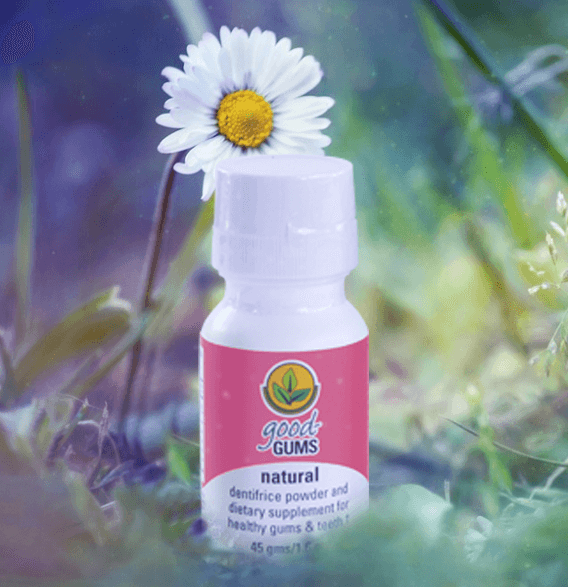
We hope we haven’t given you the heebie-jeebies with our extensive list of pretty poisonous toothpaste ingredients, but you can rest assured that our all-natural tooth and gum powder is absolutely free from all chemicals, toxins, GMOs, fluoride, carrageenan, SLS, parabens, triclosan, artificial colors, flavors and sweeteners, propylene glycol, SLS, SLES, glycerin, or synthetics of any kind. It has absolutely no nasty stuff whatsoever. Good-gums is also 100 % cruelty-free and vegan and is completely safe to ingest.
Our intention here at Good-Gums is to bring people back to basics by using raw, simple and natural ingredients that were once used before artificial ingredients and harmful chemicals got added to what most people clean their teeth with today.
Find out more about how we make our all-natural tooth and gum formula here.
Try Good-Gums all-natural powder now and see for yourself!
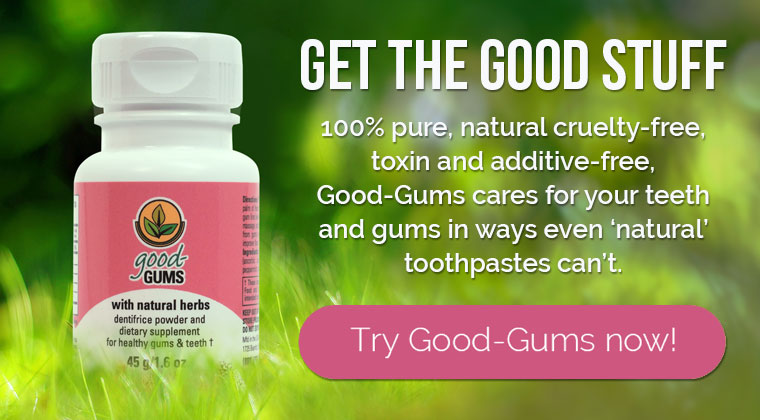
Subscribe To Our Newsletter
Be the first to receive all our news, offers and natural oral health tips and articles.


